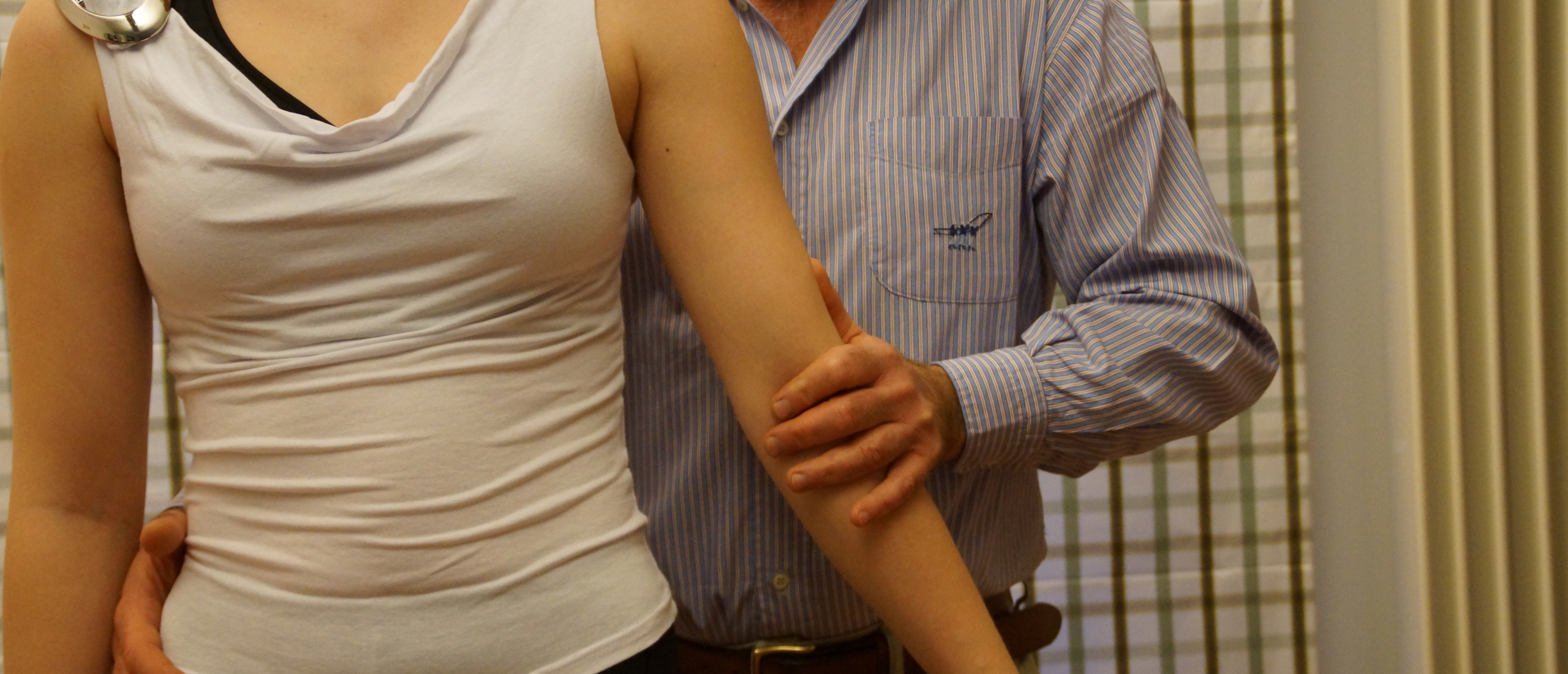
What could be the reason of weakness in the shoulder?
How to interpret weakness on resisted shoulder abduction ? Is it always a rupture ?
It is amazing how much information you can collect through a relevant function examination. Reading the radiological report first could be quite misleading, since tendinous and articular anamalies could be asymptomatic.
"Seeing" a tendinous (partial) rupture is not conclusive.
Success in orthopaedic medicine is all about collecting clinical puzzle pieces and interpreting clinical images in an objective way.
You would like to find out more about those strategies? Joining the Mastermind private training in orthopaedic medicine Cyriax is the solution!
You find weakness on resisted isometric abduction in the shoulder : what's the cause? Is it related to a tendinous rupture or are there other options?
There are different diagnostic options. One single positive test rarely gives enough information to reach a reliable diagnosis. Always focus on a cluster of positive and negative tests.
Complete rupture of the supraspinatus tendon
Or, there is a trauma or the patient is probably elderly ; he already has a degenerated tendon. At some moment, the last bit of tendon ruptures, without the patient having heard or felt anything. All he can say is that he cannot lift his arm anymore. The deltoid muscle, initially, can only pull the head of the humerus upwards, but cannot abduct.
- The patient can do about 60° of active elevation (the scapular component).
- If the rupture is recent we can detect a passive painful arc, with possibly pain again at full range.
- The resisted abduction is painfree and weak (force 0)
Make sure to instruct the patient to do some end range home exercise in order to maintain passive mobility at the shoulder joint so that we can avoid a possible immobilization arthritis.
Partial rupture of the supraspinatus tendon
Here, the clinical pattern is rather different.
- The active elevation is full but painful, there may be pain at end range on passive elevation, and a painful arc is also possible.
- The resisted abduction is painful and weak (but not force 0).
Medical imaging can determine the degree of rupture. In smaller lesions we can try to treat by DTM, but if there is no change at all after e.g. 5 treatment sessions, then we have to abandon this track.
Mononeuritis n. suprascapularis
History : Constant pain in the suprascapular area and upper arm, for some weeks, independent from movements or positions. Weakness can last for some months (4-8 months). Could occur spontaneously, after trauma or viral infection.
The key factor is the constant pain which is independent from test movements.
The suprascapular nerve innervates the supra- and the infraspinatus muscles, hence both abduction and lateral rotation will be weak. There is greater weakness on lateral rotation than on abduction, because the deltoid muscle is still active. In longstanding cases, clear atrophy of the supra- and infraspinatus may occur.
Treatment : While waiting for the spontaneous evolution the patient may benefit from medication, passive shoulder mobilization (prevent immobilization arthritis) and electrotherapy to prevent atrophy.
Axillary nerve palsy
The axillary nerve innervates the deltoid muscle. Therefore, there will be weakness on resisted abduction, together with a sensory deficit in the deltoid area (“regimental badge area”). Could occur after shoulder dislocation. Also in this case be aware of avoiding an immobilization arthritis and atrophy.
C5-nerve root compression
Compression of the C5-nerve root (by a disc, osteophyte, ...) can lead to a weakness of the C5-structures. Supra- and infraspinatus are mainly C5-structures, biceps is C5-C6, hence we expect weakness on abduction, lateral rotation, elbow flexion and somewhat on supination.
Abduction and lateral rotation will be more weak than the other movements. Of course we will hear a cervical history and find positive cervical tests.
Metastases in the acromion
Severe pathology is often characterized by too many positive tests : passive tests painful and limited, resisted tests painful and weak, expanding pain…
The resisted abduction is painful and weak, there is a marked painful arc ; the acromion is tender and warm to the touch.
